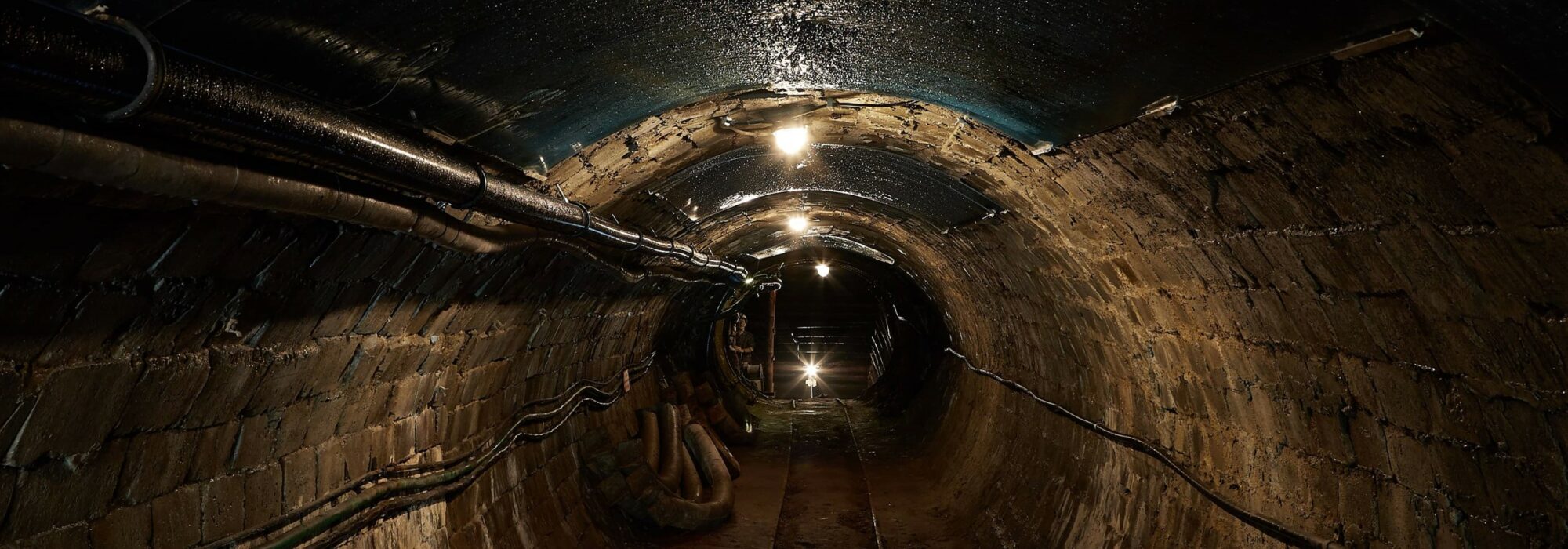
23 november 2024

Aviseo Consulting was commissioned by Canadian Malartic Mine (CMM) to analyze the mine’s economic impact on the town of Malartic. Although socio-economic indicators do not allow for clearly identifying CMM’s impact, it most likely contributes to property values and the vitality of the town’s social fabric. However, the mine makes a significant contribution to the local economy with $813 million of value added across Quebec and supports many jobs within the RCM.
Key figures
Please note this publication is only issued in French.